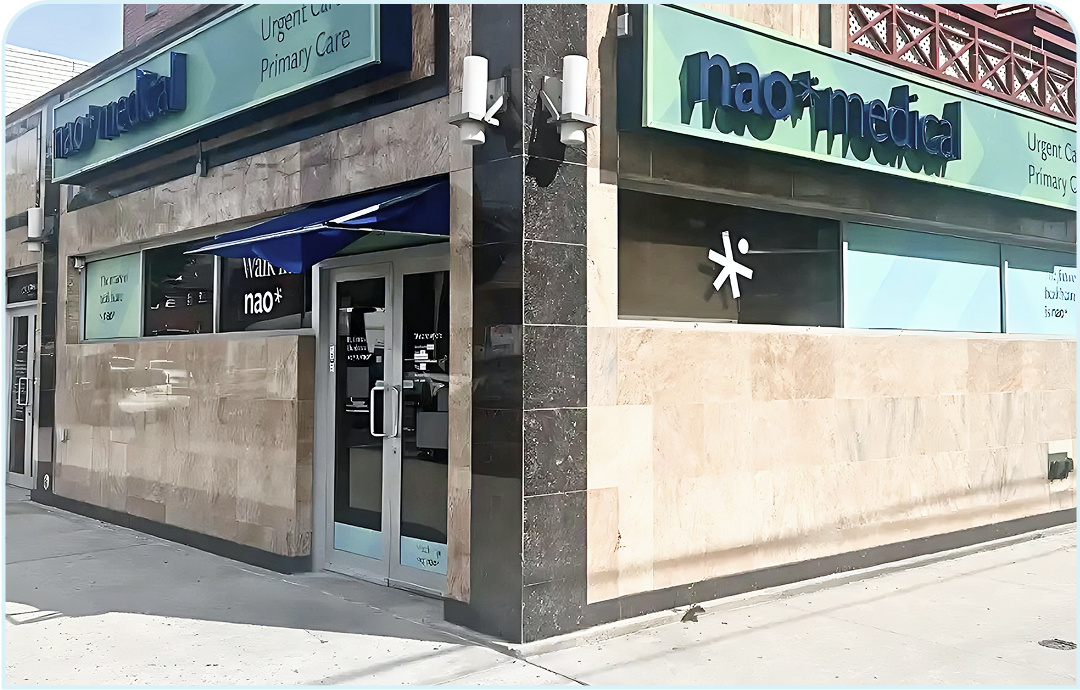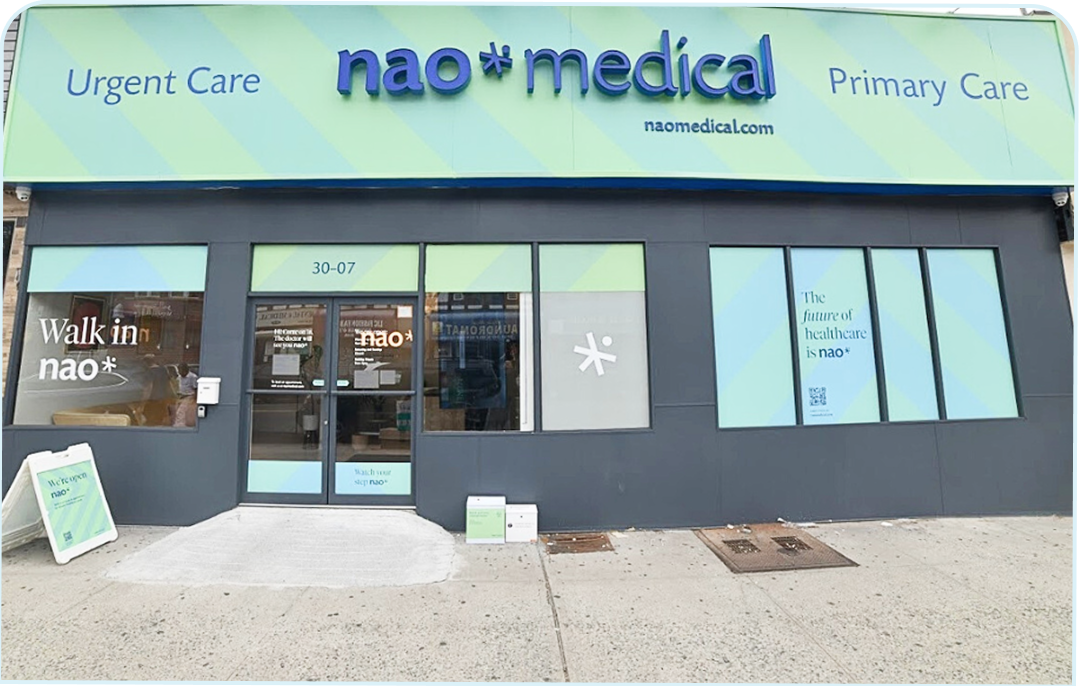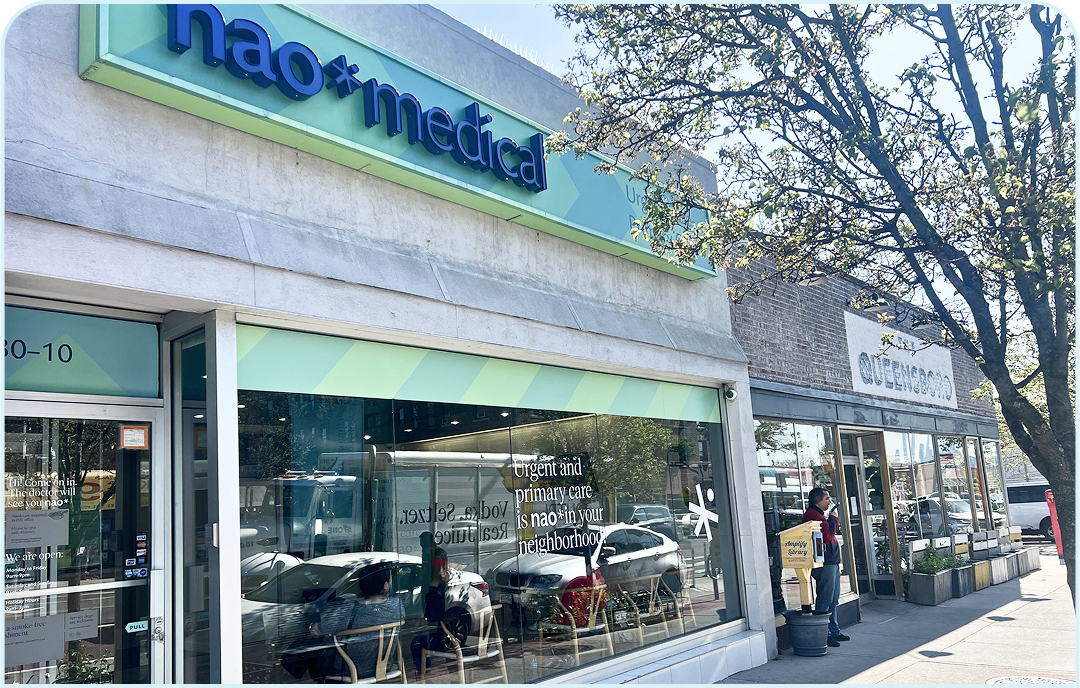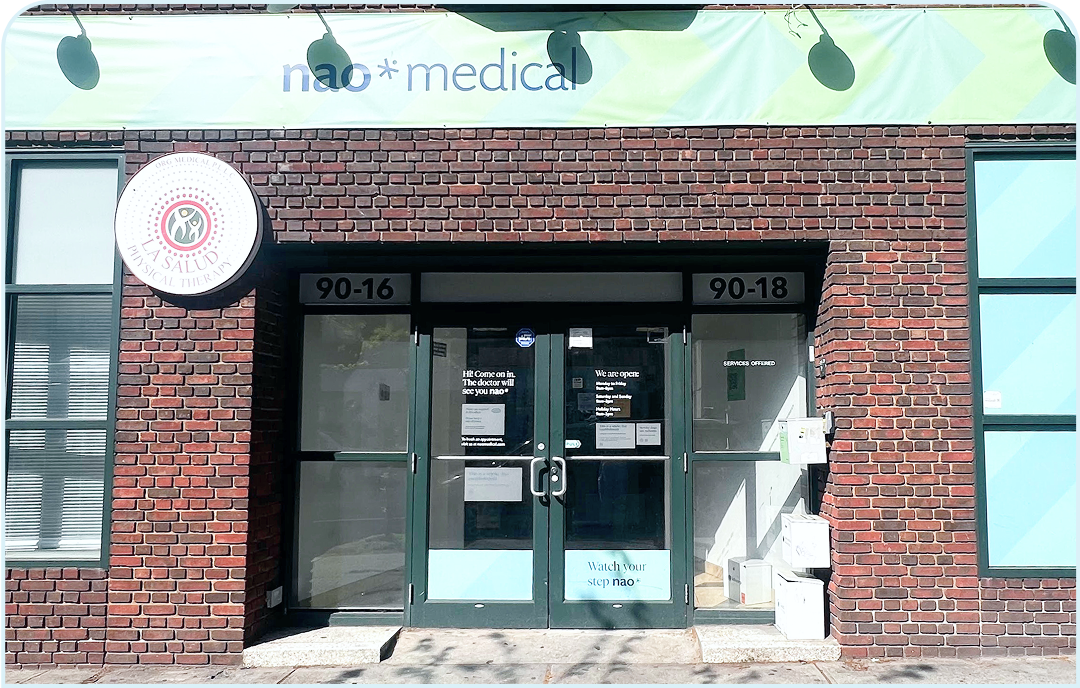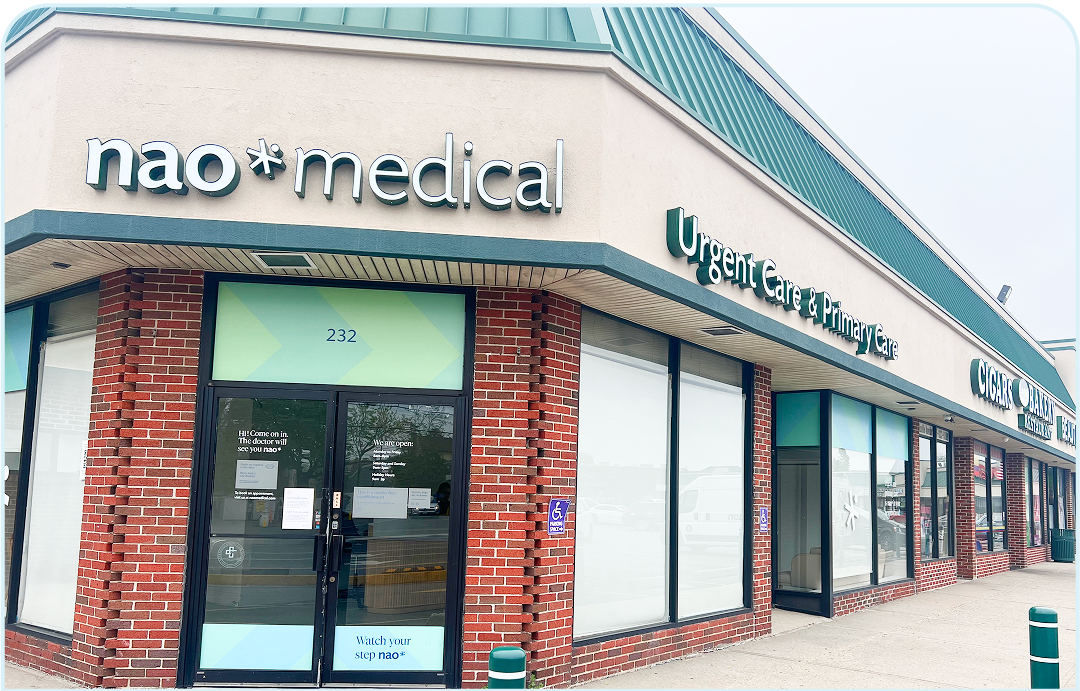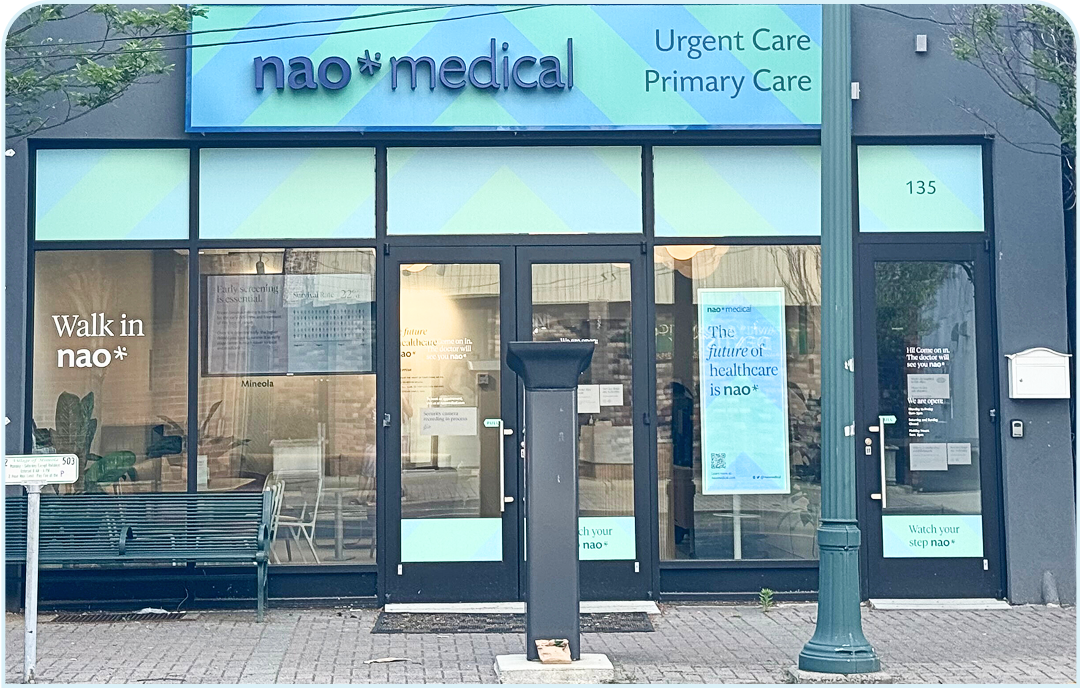Vaccines are made from weakened or killed germs grown in cultures. These cultures can sometimes harbor bacteria and other microorganisms that can degrade the vaccine. To counteract this, preservatives are substances added to vaccines to prevent them from spoiling. They achieve this by killing or slowing the growth of these unwanted bacteria and microorganisms.
Vaccination is one of the most impactful public health measures, significantly reducing the incidence of various infectious diseases. Beyond their active components that prime the immune system to recognize and fight harmful pathogens, vaccines may also contain secondary ingredients, like preservatives. These ingredients are vital in ensuring the vaccine’s safety and efficacy.
Today’s Vaccine Production
Apart from the disease-causing agent (either virus or bacteria) used in vaccines, they often contain carriers and preservatives. The latter is added to thwart the growth of potential contaminants during storage and transport, especially in multi-dose vials exposed to the environment more than once.
Without these preservatives, vaccines could be contaminated by harmful microorganisms, rendering them unsafe. While the quantity of preservatives in any vaccine is minimal and generally safe, those allergic to ingredients like thimerosal, formaldehyde, sodium benzoate, or phenol should be cautious.
Modern vaccines, particularly those administered to infants and young children in the United States, often come in single-dose vials without preservatives. Many such vaccines either lack thimerosal or are available in thimerosal-free versions. It’s essential to note that removing thimerosal was a precaution, not an indication of its harmfulness.
Vaccines, both in their development and post-market phases, are subjected to rigorous safety tests. The undeniable success of vaccines in disease prevention, along with abundant safety data on preservatives, emphasizes the paramount importance and safety of vaccination.
Here is a list of vaccines and their possible preservatives:
| Vaccine | Preservative |
| DTaP (Diphtheria, tetanus, pertussis) | None |
| Hib (Haemophilus influenzae type b) | None |
| Hepatitis B | None |
| MMR (measles, mumps, rubella) | Thimerosal |
| Polio (inactivated) | Thimerosal |
| Rotavirus | None |
| Varicella (chickenpox) | None |
| Influenza (flu) | Thimerosal or aluminum |
| Pneumococcal conjugate (PCV13) | None |
| Shingles (zoster) | None |
| Meningococcal (ACWY) | None |
| Human papillomavirus (HPV) | None |
| Japanese encephalitis | Thimerosal |
| Rabies | Thimerosal |
Preservatives used in vaccines
- Thimerosal: Thimerosal, an ethyl mercury-based compound, has been a staple in vaccine preservation for over 70 years. It effectively combats bacteria and fungi. It’s crucial to distinguish between ethyl mercury (found in thimerosal) and methyl mercury, found in certain fish, as they have different safety profiles.
Despite concerns due to its mercury content, extensive studies affirm that the mercury type in thimerosal isn’t comparable in risk to methyl mercury. The ethyl mercury dosage from vaccines is minimal and rapidly leaves the body. Renowned organizations, including the Food and Drug Administration (FDA) and the U.S. Centers for Disease Control and Prevention (CDC), have confirmed the safety of thimerosal in vaccines, finding no harm in its low doses.
- 2-Phenoxyethanol: This organic compound, commonly found in cosmetics and pharmaceuticals, is also a preservative in certain vaccines.
- Formaldehyde: Used in vaccine production, formaldehyde’s role is twofold: to inactivate bacterial products for toxoid vaccines and to eliminate potential contaminants. The amounts present in vaccines are significantly smaller than those naturally found in the human body. Incorporated in the early production stages, it gets diluted, and the trace amounts in the final vaccine product aren’t linked to adverse health effects.
- Sodium benzoate: This food preservative also finds use in some vaccines, efficiently halting bacterial growth. However, a subset of individuals might experience allergic reactions to it.
- Phenol: As a disinfectant, phenol is part of the formulation of some vaccines. While it can effectively kill microorganisms, excessive doses can be detrimental to the nervous system. The amount of phenolic compounds used as preservatives in some vaccines is very small and is not considered to be harmful. However, some people may be allergic to phenol, and they should avoid vaccines that contain it.







 (917) 310-3371
(917) 310-3371


